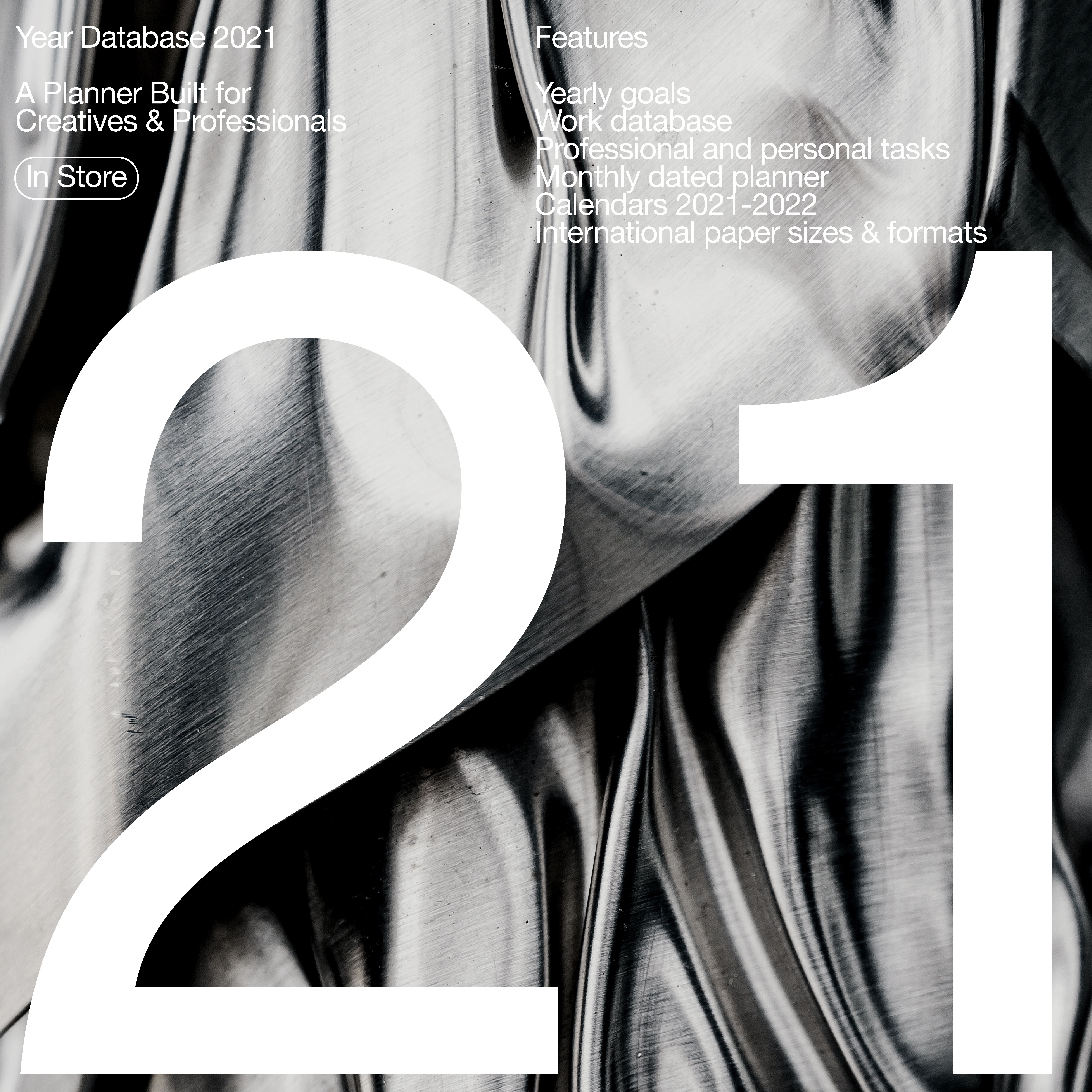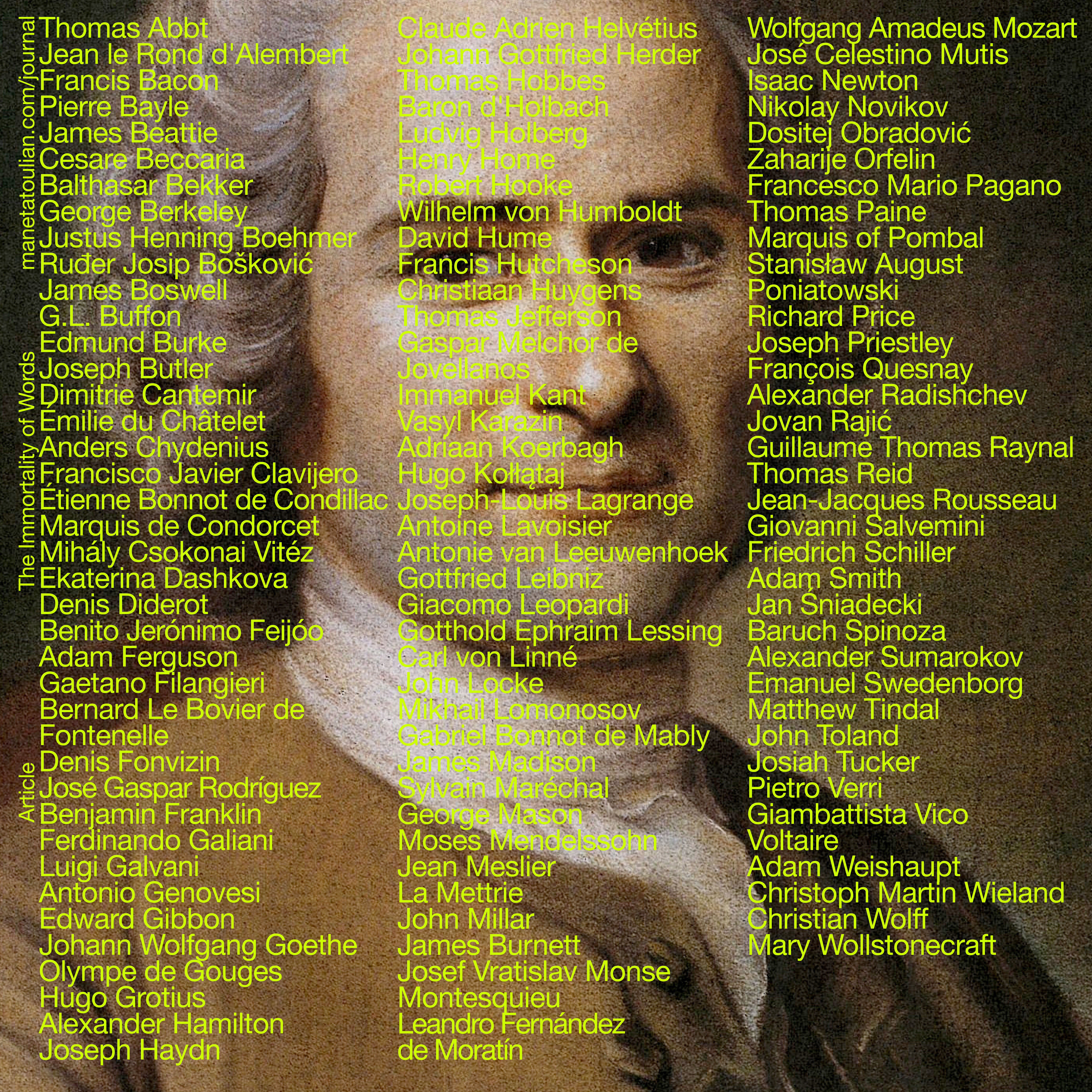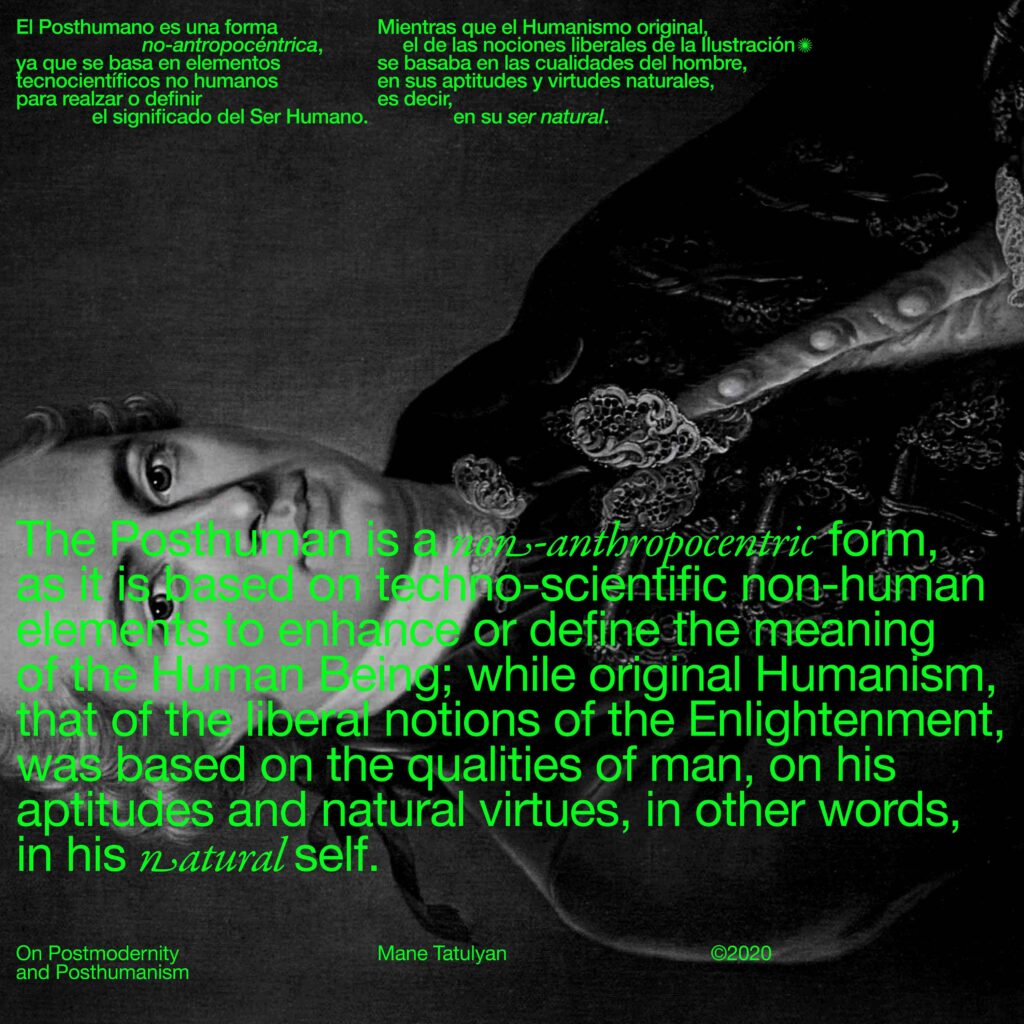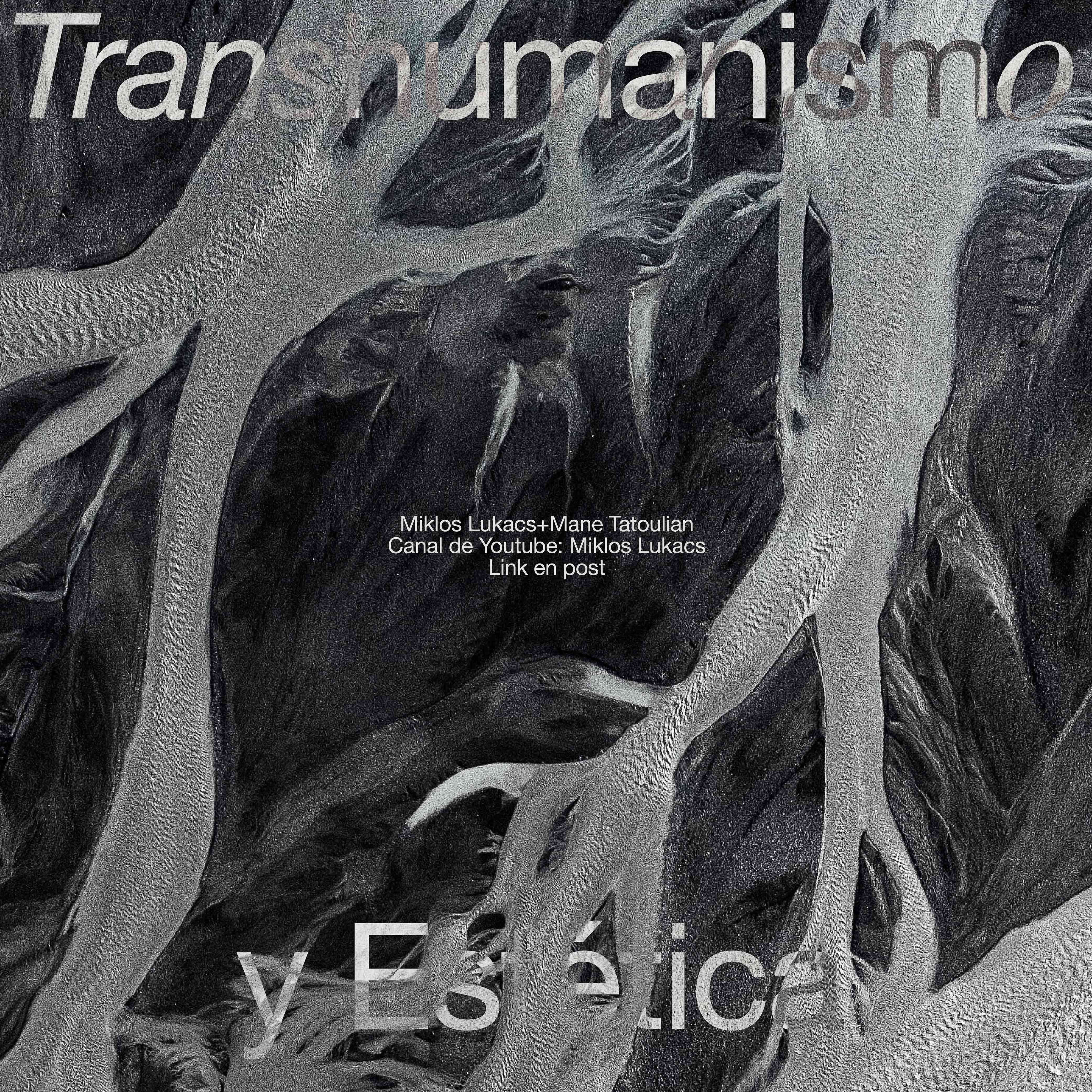
Ever since Mane Tatoulian was a child she would open boxes, take everything out, and slowly start to organize everything; this was the beginning of the Art of organization. Mane is a graphic designer, art director, and writer.
You’ve said “We do not need the future to design humans, we need to design a more human future.” What actions can be taken to design a more human future?
The uncontrollable irruption of technology into our lives is leading us to redefine what it is to be a human. When the computer absorbed design (and almost all our functions) the humanity of its practice was significantly emptied, not only in the nature of the technique but also in its orientation. Where there is a machine, there is, essentially, the absence of a human being. In a world where everything has a new, updated version, we should rediscover the essential values of humanity and translate them into matters that can last, focus on more human rather than user experiences and interactions, develop more individual than brand identities, listen and speak rather than download and upload, connect the heart with the mind than the mind with the machine. In many orders, technique is the means of emancipation from the essence of things; it has even made us rethink the limits between the human and the machine, the spirit and the software. Technology liberates everything, as Benjamin would say, reality loses its aura due to the technical reproducibility. When the gene is liberated from the chromosome, it becomes information. When events are liberated from the real, they become media. When sex is liberated from biology, it becomes gender. When art is liberated from beauty, it becomes a concept. In all orders, technique is the means of emancipation from the essence of things. With the non-stop rise of technology and AI, we are precisely in a point before things can take a direction that will have no return. With all our diverse technologies and ideologies, we are liberating us from what makes us human, and this can only be fatal. In d’Alembert words, we must do for the future generations what we wish it was done for us.


Art is known to be of deeper value and is not concerned with functionality or use, while design’s primary purpose many times is function. Do you agree? Can design be art, can art be design?
Firstly, I reckon that we are used to say that Art does not have a «function» because we see it in a positivist and utilitarian way. But if we think deeply, Art has a very specific role which transcends the mere utility, as it is the expression of the zeitgeist of a society. As Kant wrote in the Critique of Judgement, Art is a natural extension of Philosophy and it should express the highest ethical ideas of a society; the love we have towards the beautiful is actually disinterested, in other words, it moves us from our selfish concerns and demands inspiring us to our better selves. Moreover, I believe that this constant division between Art and Design is again part of this instrumental desire to separate things instead of understanding everything as a whole. It would be absurd to deny the artistic background of design. Moreover, I don’t think it takes away from the meaning of Design to affirm this phenomenon, on the contrary, I think it gives us a broader and a more complete view of this discipline. Art can be design, and design can be art, each body complements each other, they are both part of the same constructive and heuristic ability of creativity.
What are your thoughts on the idea of technology being what replaces “God”?
Postmodernity is a transition, a dead time between Modernity and Transhumanism (or disappearance), as Hölderlin would write, that «empty time in which the old gods have already become gone and the new ones have not yet arrived». And it seems as though what comes to replace the idea of God is, actually, technology, in other words a «creation» is replaced by «another creation». Previously, it was the idea of God that represented all the qualities we would desire as mortals, now this function is replaced by technology. Technology is an extension of our capacities, while it is also a medium of manipulating, controlling and modifying reality. Technology allows us to see without being seen, as well as to think about immorality. Technology has replaced God, and Internet has become the new Eden.


How would you describe the transition from postmodernism to transhumanism?
We first transited from Medieval theocentrism to Modern anthropocentrism, but Postmodernity seems to have lost the «anthropo» and the «center», since even the idea of man is freed from its reason and its original meaning. Rather than a «post»Modernity or a continuation, is a «contra»Modernity or an antithesis, because it is the abolition of all the cardinal values, narratives and ideas of Modernity. Postmodernity, as a Modernity liberated from its idea, turned progress into progressivism, equality into egalitarianism, liberty into liberation, reason into artificial intelligence, man into information, humanism into transhumanism, and so on. And disorder begins with the loss of the idea that organizes form. What is liberated from its cause (like Postmodernity is from Modernity) is condemned to proliferate beyond its ends, in a disorderly propagation. Everything «post» is crossed by the «trans». Postmodernity seems to be this transition between Modernity and Transhumanism, but in a destructive way. Transhumanism is not, as it is usually thought, «more» human but, on the contrary, the technical and utilitarian vanishing of human. It is only when we are liberated from our original idea is that we can think the transhuman.
“Art can be design, and design can be art, each body complements each other, they are both part of the same constructive and heuristic ability of creativity.”

